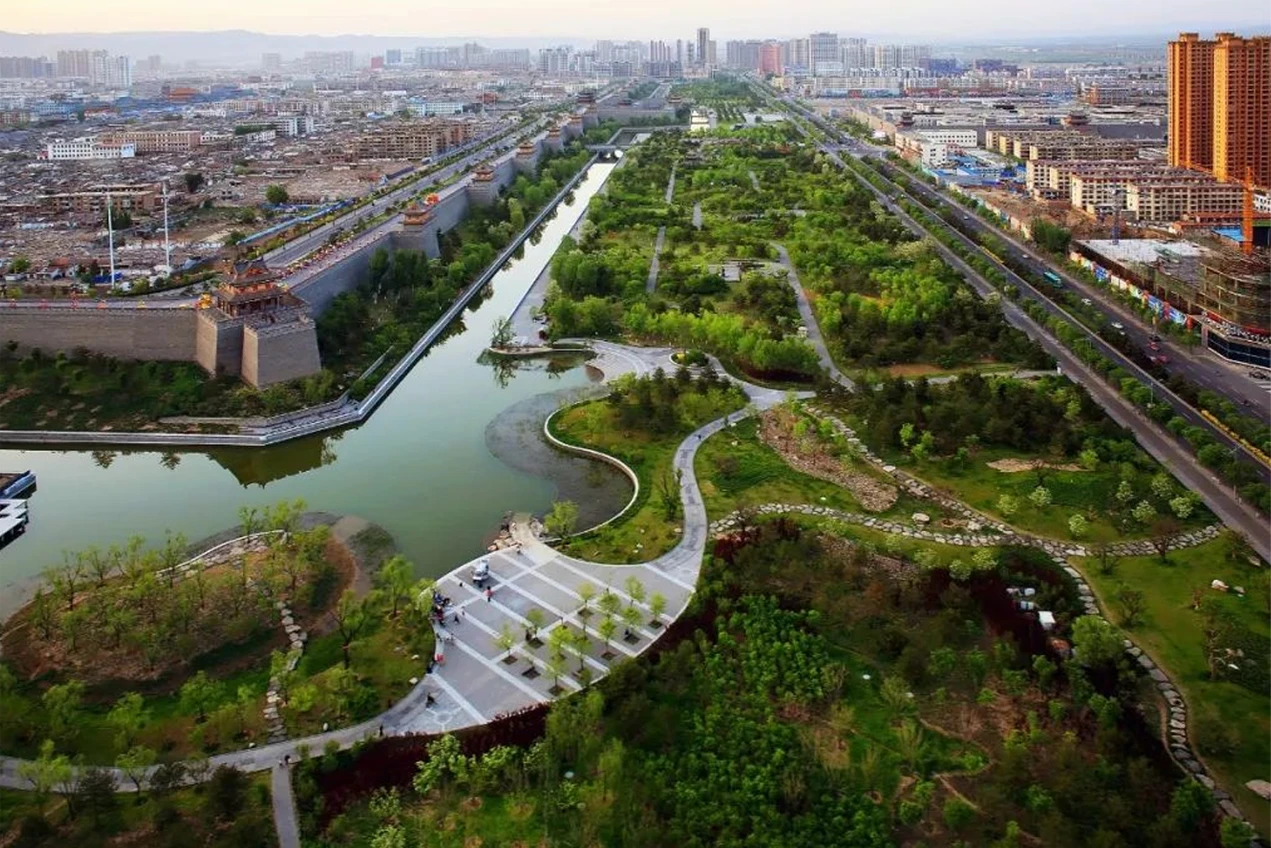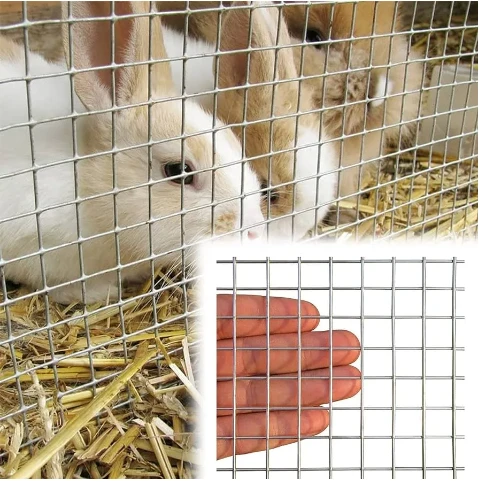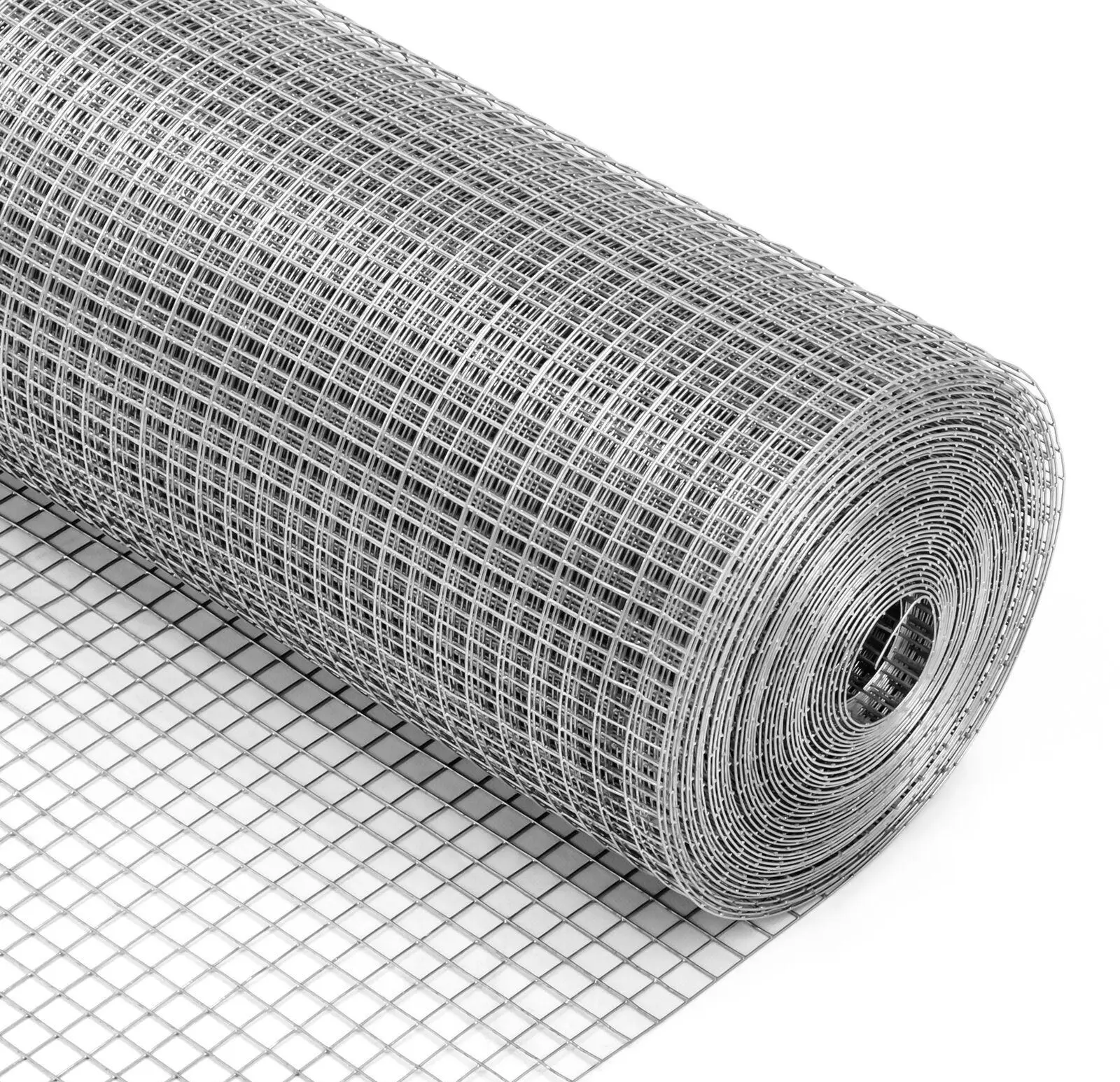-
 Afrikaans
Afrikaans -
 Albanian
Albanian -
 Amharic
Amharic -
 Arabic
Arabic -
 Armenian
Armenian -
 Azerbaijani
Azerbaijani -
 Basque
Basque -
 Belarusian
Belarusian -
 Bengali
Bengali -
 Bosnian
Bosnian -
 Bulgarian
Bulgarian -
 Catalan
Catalan -
 Cebuano
Cebuano -
 China
China -
 Corsican
Corsican -
 Croatian
Croatian -
 Czech
Czech -
 Danish
Danish -
 Dutch
Dutch -
 English
English -
 Esperanto
Esperanto -
 Estonian
Estonian -
 Finnish
Finnish -
 French
French -
 Frisian
Frisian -
 Galician
Galician -
 Georgian
Georgian -
 German
German -
 Greek
Greek -
 Gujarati
Gujarati -
 Haitian Creole
Haitian Creole -
 hausa
hausa -
 hawaiian
hawaiian -
 Hebrew
Hebrew -
 Hindi
Hindi -
 Miao
Miao -
 Hungarian
Hungarian -
 Icelandic
Icelandic -
 igbo
igbo -
 Indonesian
Indonesian -
 irish
irish -
 Italian
Italian -
 Japanese
Japanese -
 Javanese
Javanese -
 Kannada
Kannada -
 kazakh
kazakh -
 Khmer
Khmer -
 Rwandese
Rwandese -
 Korean
Korean -
 Kurdish
Kurdish -
 Kyrgyz
Kyrgyz -
 Lao
Lao -
 Latin
Latin -
 Latvian
Latvian -
 Lithuanian
Lithuanian -
 Luxembourgish
Luxembourgish -
 Macedonian
Macedonian -
 Malgashi
Malgashi -
 Malay
Malay -
 Malayalam
Malayalam -
 Maltese
Maltese -
 Maori
Maori -
 Marathi
Marathi -
 Mongolian
Mongolian -
 Myanmar
Myanmar -
 Nepali
Nepali -
 Norwegian
Norwegian -
 Norwegian
Norwegian -
 Occitan
Occitan -
 Pashto
Pashto -
 Persian
Persian -
 Polish
Polish -
 Portuguese
Portuguese -
 Punjabi
Punjabi -
 Romanian
Romanian -
 Russian
Russian -
 Samoan
Samoan -
 Scottish Gaelic
Scottish Gaelic -
 Serbian
Serbian -
 Sesotho
Sesotho -
 Shona
Shona -
 Sindhi
Sindhi -
 Sinhala
Sinhala -
 Slovak
Slovak -
 Slovenian
Slovenian -
 Somali
Somali -
 Spanish
Spanish -
 Sundanese
Sundanese -
 Swahili
Swahili -
 Swedish
Swedish -
 Tagalog
Tagalog -
 Tajik
Tajik -
 Tamil
Tamil -
 Tatar
Tatar -
 Telugu
Telugu -
 Thai
Thai -
 Turkish
Turkish -
 Turkmen
Turkmen -
 Ukrainian
Ukrainian -
 Urdu
Urdu -
 Uighur
Uighur -
 Uzbek
Uzbek -
 Vietnamese
Vietnamese -
 Welsh
Welsh -
 Bantu
Bantu -
 Yiddish
Yiddish -
 Yoruba
Yoruba -
 Zulu
Zulu
Safety Barrier Net for Enhanced Protection and Security Solutions
The Importance of Safety Barrication Nets
In today's rapidly advancing industrial landscape, safety has emerged as a paramount concern. Workers face numerous hazards in construction sites, factories, and outdoor environments. To mitigate these risks, the implementation of safety barrication nets has gained increasing importance. These specialized nets serve as vital protective measures, ensuring safety and security in various applications.
Safety barrication nets are designed to create barriers that prevent accidents and injuries. They are commonly used in construction sites, where the risk of falling objects poses a significant threat to workers and bystanders. By installing these nets around the perimeter of a construction area, employers can effectively capture tools, materials, and debris, thereby minimizing hazards. The presence of a safety barrication net acts as both a physical and psychological deterrent, reminding workers to adhere to safety protocols and remain alert to potential dangers.
The materials used in manufacturing safety barrication nets play a crucial role in their effectiveness
. High-density polyethylene (HDPE), nylon, and polypropylene are commonly utilized due to their durability, flexibility, and resistance to environmental factors. These materials can withstand harsh weather conditions, UV exposure, and abrasion, ensuring the longevity of the nets. Furthermore, many safety nets are designed with specific mesh sizes to prevent objects from falling through while allowing for visibility and airflow, thereby providing a safer working environment.safety barrication net

In addition to their protective function, safety barrication nets also contribute to organizational efficiency. By clearly delineating work zones, these nets help to create a structured environment where workers can navigate safely. This organization not only minimizes the risk of accidents but also enhances productivity. Workers can focus on their tasks without the distraction or concern of falling debris or unexpected hazards. Consequently, employers can maintain a high level of operational efficiency while prioritizing safety.
The versatility of safety barrication nets extends beyond construction sites. They are utilized in a wide array of industries, including mining, sports, agriculture, and public events. For instance, in sports, barrication nets are employed to prevent balls from going out of bounds, protecting spectators and ensuring fluid gameplay. In agricultural settings, the nets can help safeguard crops from birds and other pests, demonstrating their multifaceted applications.
Moreover, the installation of safety barrication nets aligns with regulatory compliance. Safety standards set by organizations such as the Occupational Safety and Health Administration (OSHA) mandate protective measures in workplaces to ensure worker safety. By utilizing safety nets, employers can not only enhance safety measures but also adhere to legal requirements, thus avoiding potential fines and liability issues.
In conclusion, safety barrication nets represent a crucial component of modern workplace safety protocols. Their ability to protect workers from falling objects, delineate safe work zones, and contribute to regulatory compliance makes them an indispensable tool in various industries. As safety continues to be a top priority, investment in safety barrication nets should be considered not just a regulatory obligation, but also a moral responsibility aimed at fostering a safer working environment for all. In a world where every precaution counts, the role of safety barrication nets cannot be understated, making them a vital asset in protecting lives and enhancing productivity.
-
The Sunshade Net Can Block Ultraviolet RaysNewsAug.11,2025
-
Main Application and Technology of Nylon ScreenNewsAug.11,2025
-
Green Anti UV Sunshade Net: The Perfect Combination of Ecological Friendliness and Practical PerformanceNewsAug.11,2025
-
Explore the Sunshade NetNewsAug.11,2025
-
Application and Development of Nylon Screen in Fuel Processing and TreatmentNewsAug.11,2025
-
Application and Advantages of Nylon Screen for AquacultureNewsAug.11,2025











